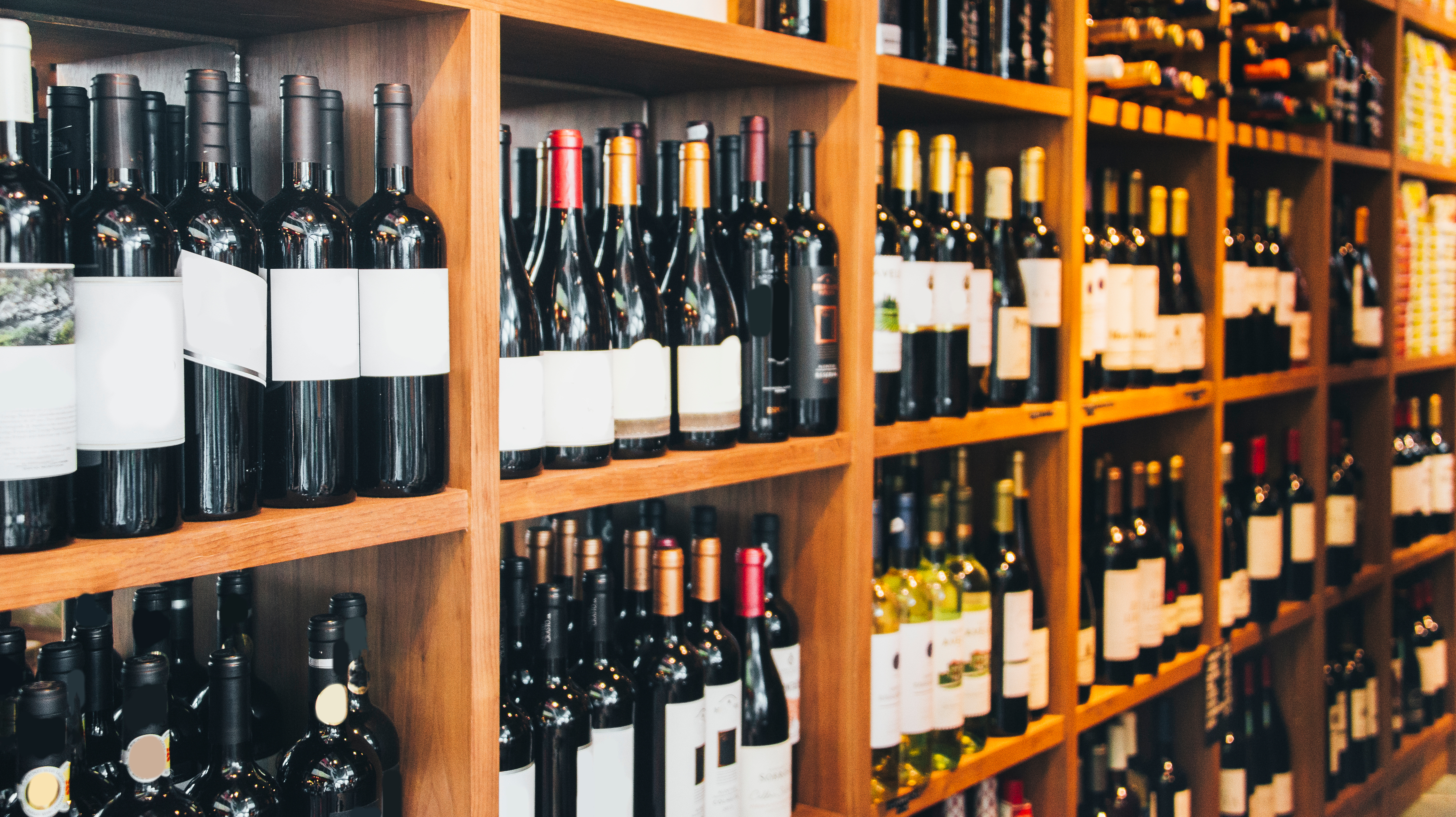How To Judge A Bottle Of Wine By Its Label
It happens so often—you're on the way to a party and stop at the wine store, only to be flummoxed by the endless rows of labels and varietals. Wouldn't you love to be the person who shows up at the party with an awesome bottle that no one's ever heard of before, for under $20? Instead, you're likely just to grab a familiar, uninspired choice (people always like pinot noir, right?). Often, I grab a bottle from a shelf that only has one or two left, surmising that other people have spotted a deal, so I should also.
This led me to wonder: If you're a wine noob, is it possible to judge a bottle solely by its label? Are there tell-tale signs that would nudge us in the right direction? Should we just stick to varietals we know we like? Or regions? (I swear there was a time when I liked all sauvignon blancs from New Zealand's Marlborough region, until my palate decided they were too acidic and now all I can do is chardonnays.) How important is that Wine Spectator score? Should we look for certain words? Like "bright"? Or "velvety"? "Smoky"? What?
To help us navigate the labyrinthine wine store and its indecipherable labels, we turned to wine experts.
Alex Burch, wine director of Bastion in Nashville, cautioned, "Picking a wine by its label is slightly better than judging a book by its cover." Still, there are a lot of things going on in one of those labels, more than I even realized, with words like "producer" and "importer" meaning more than descriptors like "bright" and "smoky." As Jhonel Faelnar, sommelier and wine director, at Atoboy and Atomix in New York City describes what those labels contain: "Producer, appellation or place of origin, grape variety, and vintage. Wines are usually grouped under grape variety and region, so you can start there and dive in." (That explains why those Marlborough sauvignons worked so well for me for awhile.)
Maxime Heitz, beverage director of Le Coq Rico in New York, favors that first factor: "The first thing I look at on a wine label is the producer name. The wine classification systems (like Premiere Cru and Grand Cru in Burgundy, for instance) are trustworthy and give a good idea of the quality of a wine. The easiest way to decipher is to stick to winemakers, single vineyards, and specific regions (or areas with a similar climate) that you like."
Jeff Donahue of Chicago's Ludlow Liquors suggests another element to keep an eye on: the importer. "If you're working on your own, familiarize yourself with importers of wines you already like. The importer is almost always printed somewhere on the back label. Typically if you find a few wines you like from one importer, it might pay off to look for other wines in their portfolio to expand your horizons in a direction that's likely to be rewarding."
Burch like his fellow wine experts, emphasized varietal and region, and also warned against a familiar crutch for the wine shopper: "Wine Spectator can help you find a quality product, but I think they can also provide a narrow window for exploration."
In fact, if there's one overwhelming (and surprising) lesson I took from talking to all of these wine experts, is that depending on those wine scores is a bit short-sighted. Michael Muser, former sommelier and general manager of the three Michelin-starred (and now-closed) Grace in Chicago, takes it kind of personally, an easy shortcut that can get in the way of your wine knowledge. Knee-jerk grabbing that 91-point bottle "hurts a sommeliers's feelings! Because it's so stupidly subjective, it's beyond description. You can't begin to describe how subjective a wine's point is: It's your brain, it's your palate. You drink what you like, what tastes good to you, what excites you about wine. The sommelier inside of you would want you to discover your own loves and creations and flavor profiles that you like and bring those to the table."
Muser's colleagues in the industry heartily agree, opting for human interaction over a few numerals on a card. Jason Soloway, owner and beverage director of The Eddy in Manhattan, says succinctly, "If you're relying on scores for your wine purchases, buy beer." Instead, he says, check out one of the many "highly curated neighborhood wine shops with staff who know their stuff. Have a conversation with a human! Tell them how much you want to spend ($15-$25 is the sweet spot for value + quality) and be open to try something different. Remember, it's just fermented grape juice."
Easy for him to say, but Faelnar agrees, calling wine scores "a crutch you don't want to keep using. There are too many delicious wines without scores that you'll miss out on. If it all gets too daunting, ask for help from the wine specialist. They're there to help." Donohue adds, "My best advice is to find a few bottles you like, find a wine store that seems to know what they're doing, and start a conversation."
My own new habit involves taking pictures of the label of wines I really enjoy, either at a restaurant or a friend's house, in the hope that I will be able to find them at a wine store later. But to further my wine knowledge even more, Muser has a simple solution. "A buddy of mine used to always tell me, 'when I really wanted to get good at something, I took a class on it.' In order to wade your way through that library aisle at Binny's [a large Illinois liquor store chain], sit down and take a blind-tasting 101 class." Hopefully, this effort will help me further explore the differences in white wine from an acidic sauvignon blanc to a buttery chardonnay. And to understand what a wine's "finish" actually is.
